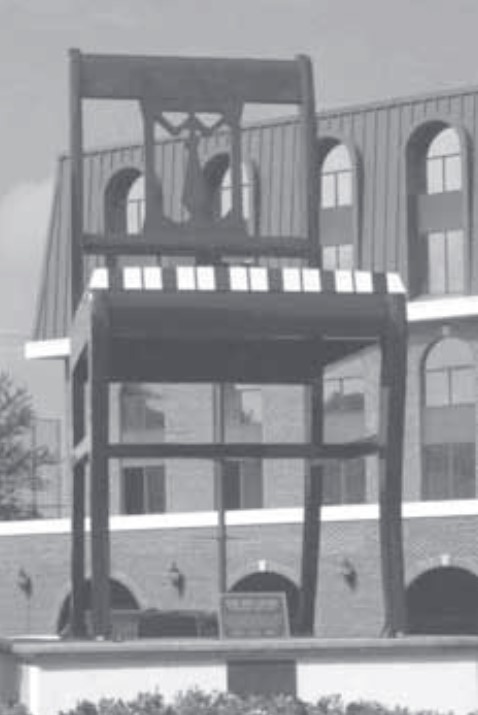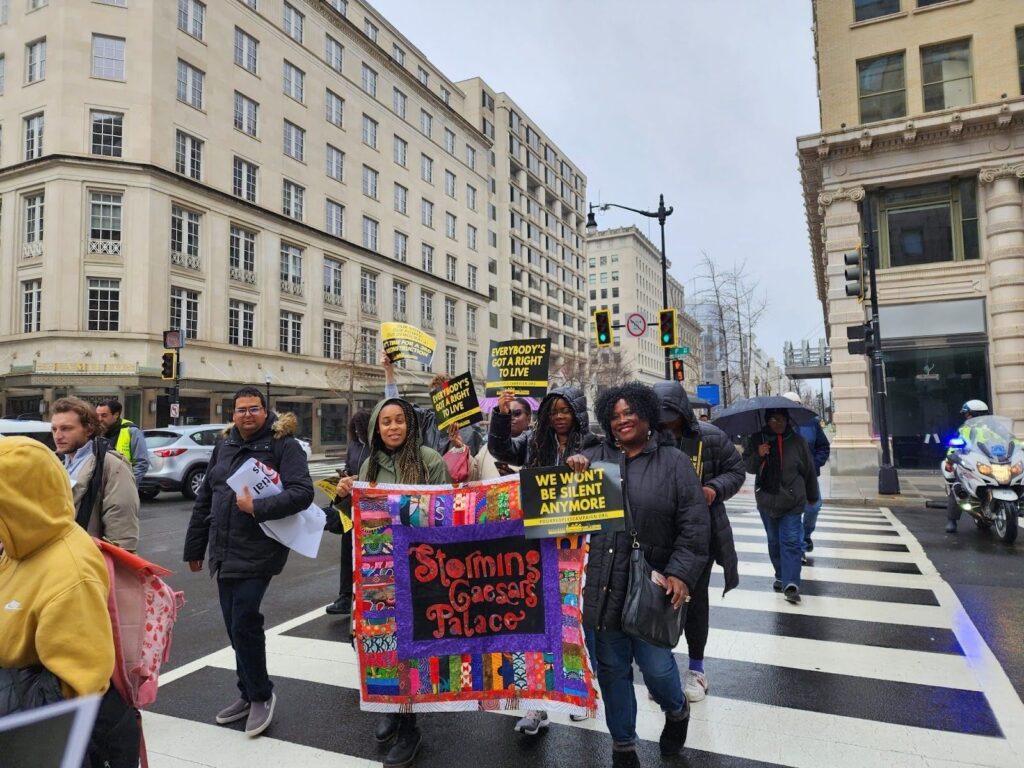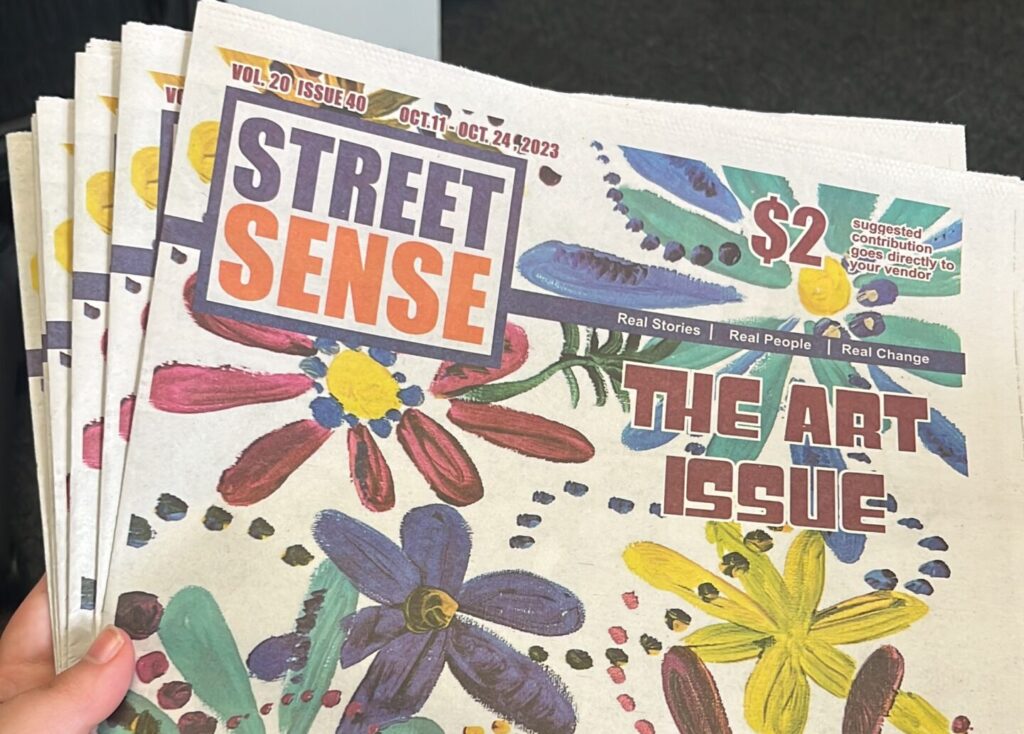The warmth and sunniness of this Martin Luther King, Jr. Day stood in stark contrast from the usual bitterness of winter. Hoping to take advantage of the pleasant weather, my friends and I decided to embark on an adventure. Leaving the isolation of our Northwest-based campus, we decided to travel to an area that many here say to stay away from: Anacostia. The myth of Anacostia is that it’s a hot-bed for crime, extremely poor, and its infrastructure is in disrepair. Hoping to discover the truth for ourselves, we set foot on the Green Line, both nervous and intrigued.
Upon exiting the train, it was apparent that we entered into a world that was wholly different than the one we were used to. My friends and I, all white, suddenly became the minority. While none of us were upper class by any means, we came from relatively privileged suburban backgrounds. We all go to a prestigious university. Whether we stated it explicitly or not, we were clearly outside of our comfort zone. I felt uneasy as I sensed the grudging gazes of others.
Besides investigating the true nature of Anacostia, our other main priority was to see The Big Chair. Towering nearly 20 feet in to the air and made out of two tons of Honduras mahogany, the Big Chair is rumored to be the largest such chair in the world. Who would have thought that such a marvelous attraction is right in Anacostia! A short walk away from the chair is the estate of the late Frederick Douglass, a Smithsonian museum, an art gallery and the historic downtown, among various other churches, restaurants and cultural centers. I couldn’t believe it!
Beyond the tourist attraction the myth of Anacostia is largely accurate. The sidewalks are dilapidated, many buildings are boarded up and empty lots surrounded by ominous chain link fences are common. According to the 2000 census only two-thirds of the population over 25 have graduated high school and dramatically fewer have completed college. The median income is nearly 40% less than the rest of the city and approximately one-third of Ward 8 residents live under the poverty level. Moreover, a recent Ward 8 housing report funded by Fannie Mae revealed that nearly 80% of Anacostia’s residents rent apartments and that many are at risk of losing their homes due to the housing crunch. On top of this, violent crime (especially homicide) and eroding public schools are perennial concerns. It seems as if everything east of the Anacostia River is left to fester in the capital’s forgotten shadow.
Seeing the destitution, I realized that the people here are the ones who are most at risk for being homeless. Yes, many people are safe for now. Though the worst is most likely over, the recession still continues to pummel the poor. It is evident that, should a landlord not make ends meet or a family business go under, Anacostia residents will be left to fend for themselves… on the street. To many, it is unfathomable that such conditions can exist in America, nevertheless in its great capital city, but I’ve seen it with my very eyes.








